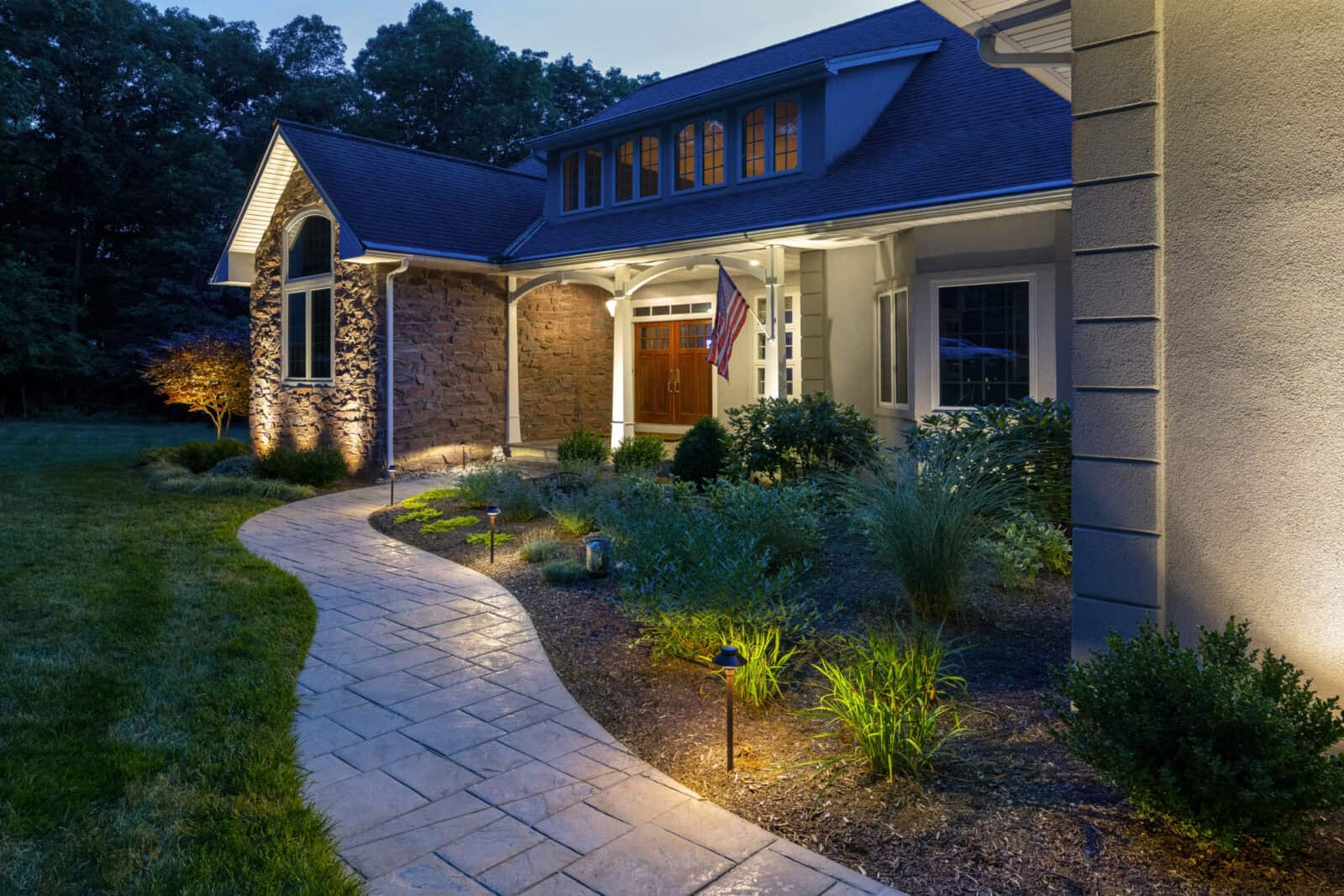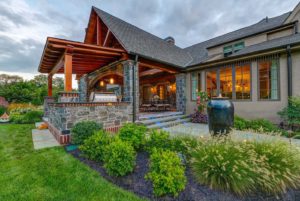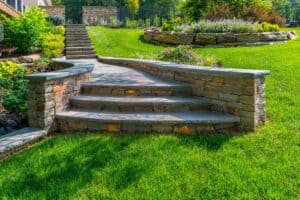
Tips for Preventing Damaging Erosion and Drainage Issues
May 3, 2022A Checklist to Protect Your Home
Many first-time homeowners don’t realize how much of an impact sloping, yard runoff and grading concerns can make on their homes. From leaking basements to swarms of mosquitos, poor drainage can cost you thousands of dollars and dozens of headaches. And these problems won’t go away until they’re permanently fixed.
The following are a few ways to spot and address any issues before they become worse:
Assess Any Standing Water After a Heavy Rain
The first step towards fixing a problem is acknowledging you have one. After a day or two of steady rain, is your lawn still wet 24 hours later? Do you have standing puddles of water? Are your plants getting too much moisture? It’s time to address your water runoff.

Plant Ground Cover or Shrubs for Erosion Control
Native plants are one of the most cost-effective and efficient ways to reduce erosion in your yard. They help stabilize the soil, slow rainwater runoff and protect topsoil. The roots in native plants and shrubbery protect from erosion and help soak up excess moisture. When planting new grass, sod is also a better choice over seed in poorly drained backyards. Sod has a root system already in place, whereas seed may be washed away by a sloping area.
Build a Retaining Wall
 A stone retaining wall doesn’t just elevate the look of your yard: It also helps keep soil from washing down steep slopes. These walls help to stabilize topsoil and move water away from your home. In particular, terraced yards may need masonry to address erosion and runoff. Retaining walls can be built from a variety of materials today, including concrete, stone and wood.
A stone retaining wall doesn’t just elevate the look of your yard: It also helps keep soil from washing down steep slopes. These walls help to stabilize topsoil and move water away from your home. In particular, terraced yards may need masonry to address erosion and runoff. Retaining walls can be built from a variety of materials today, including concrete, stone and wood.
Learn How to Spell Swale
While lesser-known, swales are practical and efficient ways to run water away from your home. These “trenches” are dug in such a way that they’re hard to spot but extremely efficient at moving runoff water. Instead of soaking up water, they move it away as soon as rainstorms clear.
Drain, Drain Go Away
French drains can have a dramatic impact on irrigation issues. These shallow trenches contain perforated pipes that are buried underground. The drains help whisk excessive water away from your home. Once the pipe fills with water, it’s redirected to the area you want to channel your runoff. French drains are tricky and should be professionally installed.
Get a Professional Consultation
With that being said, a professional landscaping firm is your best bet for finding the root cause of your drainage issues. Experienced landscape designers and installers will be able to assess your grading, design a custom plan to address it and implement the most efficient ways to control erosion to prevent potential flooding and water damage.
Water drainage projects aren’t always your first priority, but they’re critical to keeping your lawn healthy and your home protected from water damage.